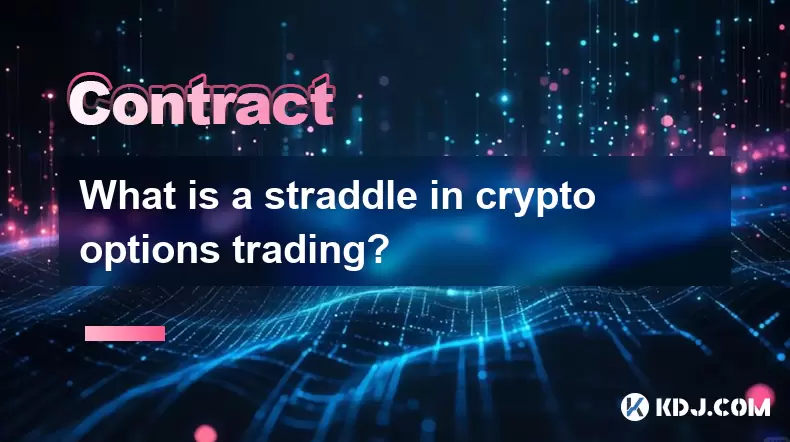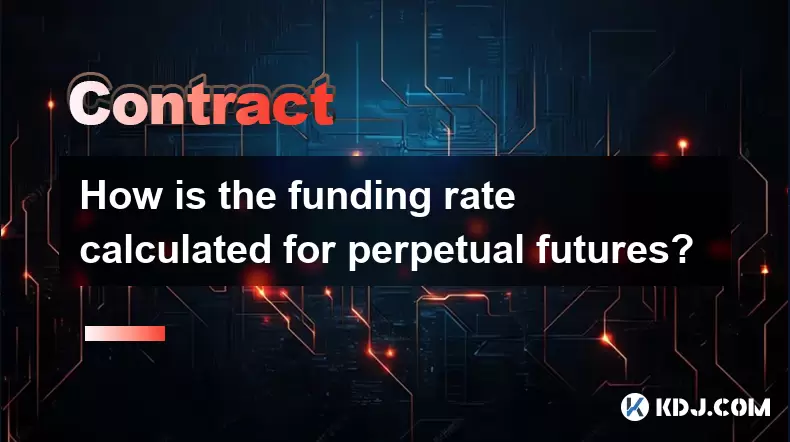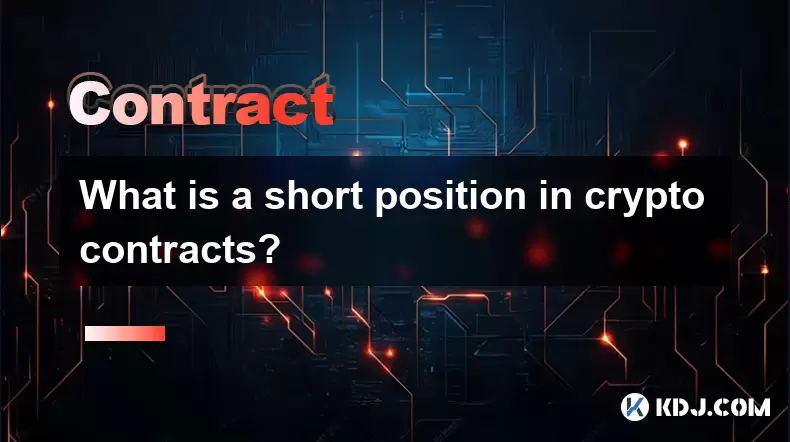-
 Bitcoin
Bitcoin $115700
0.65% -
 Ethereum
Ethereum $3785
3.93% -
 XRP
XRP $3.033
1.78% -
 Tether USDt
Tether USDt $1.000
0.04% -
 BNB
BNB $770.7
0.50% -
 Solana
Solana $168.4
0.56% -
 USDC
USDC $1.000
0.02% -
 TRON
TRON $0.3403
1.83% -
 Dogecoin
Dogecoin $0.2113
3.84% -
 Cardano
Cardano $0.7539
2.34% -
 Hyperliquid
Hyperliquid $38.84
1.28% -
 Sui
Sui $3.700
6.88% -
 Stellar
Stellar $0.4069
2.56% -
 Chainlink
Chainlink $17.80
6.93% -
 Bitcoin Cash
Bitcoin Cash $573.5
0.73% -
 Hedera
Hedera $0.2478
1.24% -
 Ethena USDe
Ethena USDe $1.001
0.00% -
 Avalanche
Avalanche $22.42
1.58% -
 Litecoin
Litecoin $120.6
2.58% -
 UNUS SED LEO
UNUS SED LEO $8.962
-0.29% -
 Toncoin
Toncoin $3.296
2.09% -
 Shiba Inu
Shiba Inu $0.00001251
1.77% -
 Uniswap
Uniswap $9.982
3.75% -
 Polkadot
Polkadot $3.710
1.55% -
 Dai
Dai $1.000
0.00% -
 Bitget Token
Bitget Token $4.425
1.98% -
 Monero
Monero $265.2
-7.14% -
 Cronos
Cronos $0.1472
2.44% -
 Pepe
Pepe $0.00001073
2.66% -
 Aave
Aave $270.9
4.17%
How to operate Bithumb leverage
Bithumb allows experienced traders to benefit from leverage trading, but emphasizes the importance of understanding the risks and operating responsibly.
Nov 12, 2024 at 02:29 am

How to Operate Bithumb Leverage
Bithumb, a leading South Korean cryptocurrency exchange, offers leverage trading for experienced traders. Leverage trading allows traders to borrow funds from the exchange to increase their potential profits. However, it is crucial to understand the risks involved before engaging in leverage trading.
Steps to Operate Bithumb Leverage:
1. Open a Bithumb Account and Get Verified:
- Visit the Bithumb website and create an account.
- Complete the KYC verification process by submitting your personal information and identity documents.
- Enable two-factor authentication (2FA) for enhanced security.
2. Fund Your Account:
- Deposit cryptocurrencies or fiat currency into your Bithumb account.
- Currently, Bithumb only accepts deposits via bank transfer or credit/debit card.
3. Understand Margin Trading Basics:
- Leverage trading allows you to borrow funds from the exchange, increasing your buying or selling power.
- The amount of leverage you can use is determined by your account balance and the specific asset you are trading.
- The maximum leverage ratio available on Bithumb varies depending on the asset.
4. Set Leverage Parameters:
- Log into your Bithumb account and navigate to the "Margin" tab.
- Select the asset you want to trade with leverage and choose the "Leverage" option.
- Enter the desired leverage ratio.
- Ensure you thoroughly understand the potential risks and implications of using leverage.
5. Place a Margin Order:
- Once you have set the leverage parameters, you can place an order like a regular spot order.
- Choose the order type (buy or sell), enter the order quantity, and set the price.
- Margin orders can be either limit orders or market orders.
6. Manage Your Margin Position:
- Monitor your margin position closely throughout the trade.
- Keep an eye on the "Maintenance Margin Ratio," which indicates the necessary balance to maintain the leverage position.
- If the margin ratio falls below the required level, Bithumb may liquidate your position.
7. Close Your Margin Position:
- When you are ready to close your margin position, place an opposing order to your original order.
- For example, if you have a long position, you would place a sell order of the same amount.
Risks of Margin Trading:
- Losses can be amplified: Leverage magnifies both potential profits and losses.
- Liquidation risk: If the market moves significantly against you, your position may be liquidated to cover losses incurred.
- Interest payments: You may have to pay interest charges on the borrowed funds.
- Margin calls: If your margin ratio falls below a certain threshold, Bithumb may demand additional funds or force the liquidation of your position.
Remember: Margin trading is a highly speculative activity suitable only for experienced and knowledgeable traders who fully understand the risks involved. Always trade with caution and only use leverage when necessary. Never invest more than you can afford to lose.
Disclaimer:info@kdj.com
The information provided is not trading advice. kdj.com does not assume any responsibility for any investments made based on the information provided in this article. Cryptocurrencies are highly volatile and it is highly recommended that you invest with caution after thorough research!
If you believe that the content used on this website infringes your copyright, please contact us immediately (info@kdj.com) and we will delete it promptly.
- Crypto Phishing Alert: $3 Million USDT Loss Highlights DeFi Risks
- 2025-08-08 01:10:12
- Crypto Presale Mania: Is Punisher Coin the High ROI King?
- 2025-08-08 01:10:12
- Online Betting, Platforms & Crypto Access: What's Hot in 2025
- 2025-08-08 00:50:12
- Bitcoin Mining, Natural Gas & Union Jack Oil: A New Dawn for Onshore UK Energy?
- 2025-08-08 00:55:12
- Bitcoin's Wild Ride: Bollinger Bands, $117K, and What's Next?
- 2025-08-08 00:30:12
- Ripple, Rail, and Stablecoin Payments: A $200M Power Play
- 2025-08-07 22:50:12
Related knowledge

What triggers a liquidation event on a Coinbase futures position?
Aug 08,2025 at 01:15am
Understanding Futures Contracts on CoinbaseFutures contracts on Coinbase allow traders to speculate on the future price of a cryptocurrency, such as B...

What is a straddle in crypto options trading?
Aug 07,2025 at 11:15pm
Understanding the Basics of a Straddle in Crypto OptionsA straddle is an options trading strategy used when a trader expects significant price movemen...

How is the funding rate calculated for perpetual futures?
Aug 07,2025 at 11:36pm
Understanding the Basics of Perpetual FuturesPerpetual futures are a type of derivative contract that does not have an expiration date, allowing trade...

What programming languages are used for smart contracts?
Aug 07,2025 at 06:07pm
Understanding Smart Contracts and Their Execution EnvironmentSmart contracts are self-executing programs deployed on blockchain networks that automati...

What is a short position in crypto contracts?
Aug 07,2025 at 11:42pm
Understanding the Concept of a Short Position in Crypto ContractsA short position in crypto contracts refers to a trading strategy where a trader prof...

What is a long position in crypto contracts?
Aug 07,2025 at 06:29pm
Understanding the Concept of a Long Position in Crypto ContractsA long position in crypto contracts refers to a trading strategy where a trader buys a...

What triggers a liquidation event on a Coinbase futures position?
Aug 08,2025 at 01:15am
Understanding Futures Contracts on CoinbaseFutures contracts on Coinbase allow traders to speculate on the future price of a cryptocurrency, such as B...

What is a straddle in crypto options trading?
Aug 07,2025 at 11:15pm
Understanding the Basics of a Straddle in Crypto OptionsA straddle is an options trading strategy used when a trader expects significant price movemen...

How is the funding rate calculated for perpetual futures?
Aug 07,2025 at 11:36pm
Understanding the Basics of Perpetual FuturesPerpetual futures are a type of derivative contract that does not have an expiration date, allowing trade...

What programming languages are used for smart contracts?
Aug 07,2025 at 06:07pm
Understanding Smart Contracts and Their Execution EnvironmentSmart contracts are self-executing programs deployed on blockchain networks that automati...

What is a short position in crypto contracts?
Aug 07,2025 at 11:42pm
Understanding the Concept of a Short Position in Crypto ContractsA short position in crypto contracts refers to a trading strategy where a trader prof...

What is a long position in crypto contracts?
Aug 07,2025 at 06:29pm
Understanding the Concept of a Long Position in Crypto ContractsA long position in crypto contracts refers to a trading strategy where a trader buys a...
See all articles

























































































